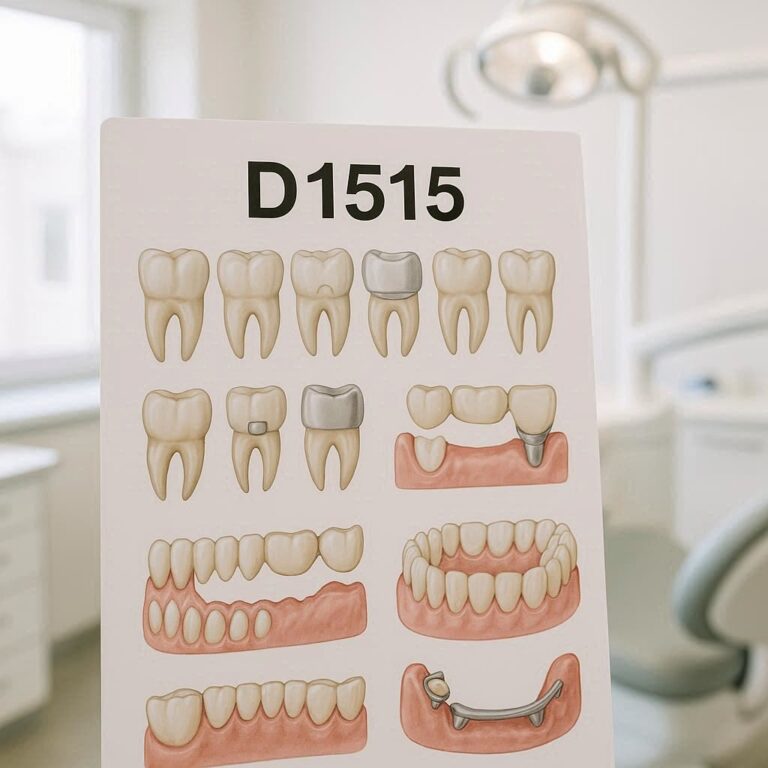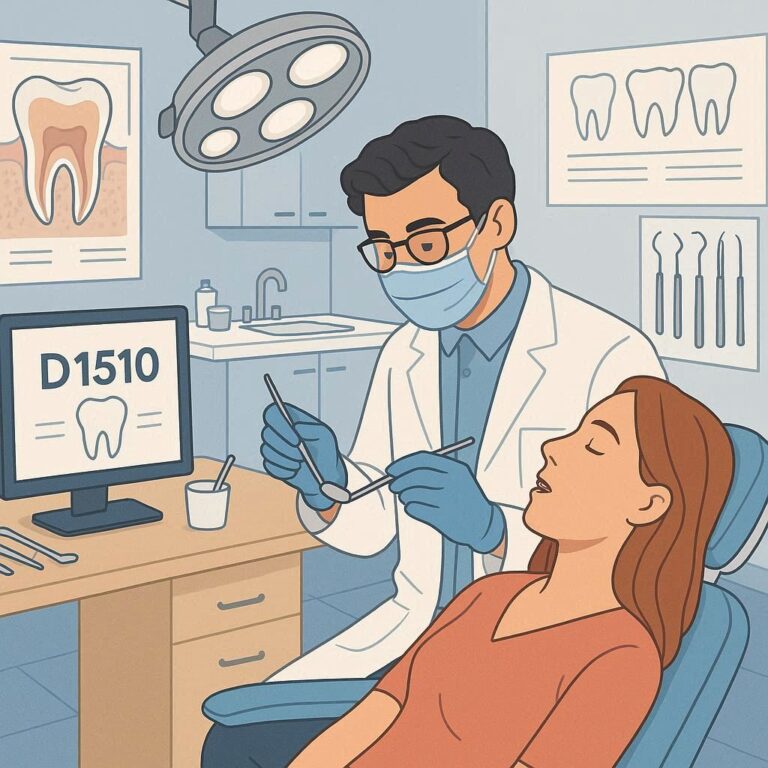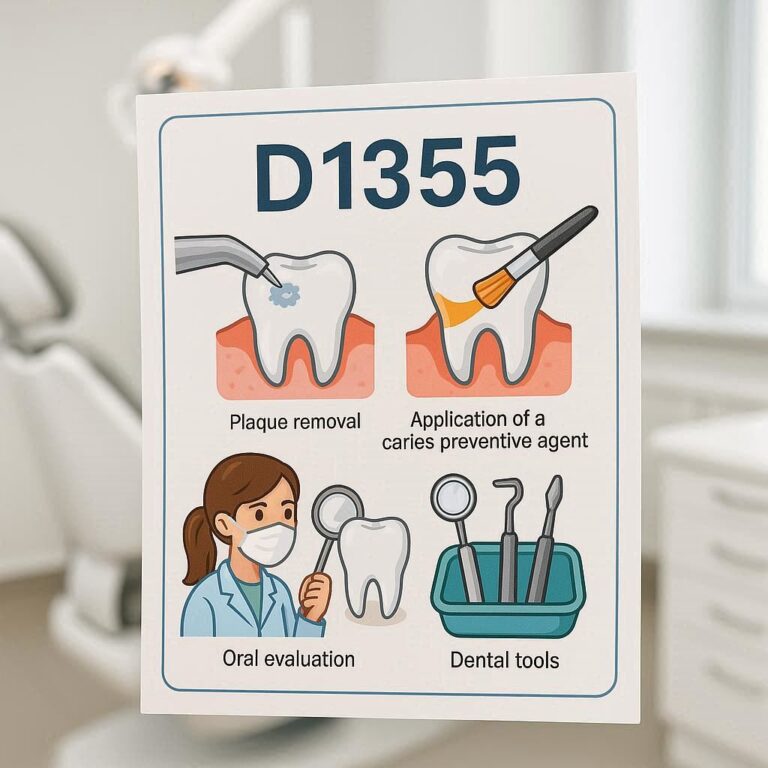D7413 Dental Code: Excision of Benign Lesion – Soft Tissue
Soft tissue lesions in the oral cavity are common findings in dental practice. While many are benign, some require surgical intervention to prevent discomfort, functional impairment, or aesthetic concerns. The D7413 dental code is specifically used for the excision of benign lesions in the soft tissue, ensuring proper documentation and billing accuracy.
This comprehensive guide explores the D7413 procedure in detail, covering diagnosis, treatment protocols, coding nuances, and postoperative care. Whether you’re a dentist, oral surgeon, or dental coder, this article provides valuable insights into managing benign oral lesions effectively.

2. Understanding the D7413 Dental Code
Definition and Scope
The D7413 code falls under the surgical periodontal services category in the American Dental Association (ADA) Current Dental Terminology (CDT). It refers to the excision of a benign lesion up to 1.25 cm in diameter, including margins, in the mucosa, submucosa, or connective tissue.
When is D7413 Used?
This code applies when removing non-cancerous growths such as:
-
Fibromas (irritation fibroma)
-
Mucoceles (salivary gland lesions)
-
Lipomas (fatty tissue growths)
-
Pyogenic granulomas (vascular lesions)
If the lesion exceeds 1.25 cm, a different code (D7412 or D7411) may apply.
3. Types of Benign Soft Tissue Lesions in Dentistry
| Lesion Type | Description | Common Locations |
|---|---|---|
| Fibroma | Smooth, firm nodule from chronic irritation | Buccal mucosa, tongue |
| Mucocele | Fluid-filled sac due to salivary duct blockage | Lower lip, floor of the mouth |
| Pyogenic Granuloma | Red, bleeding vascular lesion | Gingiva, lips |
| Lipoma | Soft, movable fatty tumor | Cheek, tongue base |
4. Diagnosis and Treatment Planning
Clinical Examination
-
Visual inspection (color, size, texture)
-
Palpation (soft, firm, fluctuant)
-
Patient history (trauma, duration, symptoms)
Biopsy and Histopathology
A scalpel or punch biopsy may be performed before excision to confirm benign nature.
5. Step-by-Step Procedure for Excision (D7413)
-
Preoperative Preparation
-
Informed consent
-
Local anesthesia (lidocaine with epinephrine)
-
-
Surgical Excision
-
Elliptical incision around the lesion
-
Removal with a 2-3 mm margin
-
Suturing with absorbable/non-absorbable sutures
-
-
Postoperative Care
-
Pain management (NSAIDs)
-
Follow-up in 7-10 days
-
6. Comparison with Related Dental Codes
| Code | Description | Lesion Size |
|---|---|---|
| D7410 | Excision of malignant lesion | Varies |
| D7411 | Excision of benign lesion >1.25 cm | Large lesions |
| D7413 | Excision of benign lesion ≤1.25 cm | Small to medium lesions |
7. Complications and Risk Management
-
Infection (managed with antibiotics)
-
Bleeding (controlled with pressure or electrocautery)
-
Recurrence (complete excision reduces risk)
8. Case Studies
-
Case 1: Fibroma excision in a 45-year-old male
-
Case 2: Mucocele removal in a 12-year-old child
9. FAQs on D7413 Dental Code
Q1: Does D7413 include biopsy?
A: No, biopsy is coded separately (D7286).
Q2: Can D7413 be used for malignant lesions?
A: No, malignant lesions require D7410.
Q3: How many sutures are typically needed?
A: Usually 2-4 sutures, depending on size.
10. Conclusion
The D7413 dental code is essential for documenting benign soft tissue excisions. Proper diagnosis, surgical technique, and coding ensure optimal patient care and insurance compliance. Dentists should stay updated with CDT changes to avoid billing errors.


